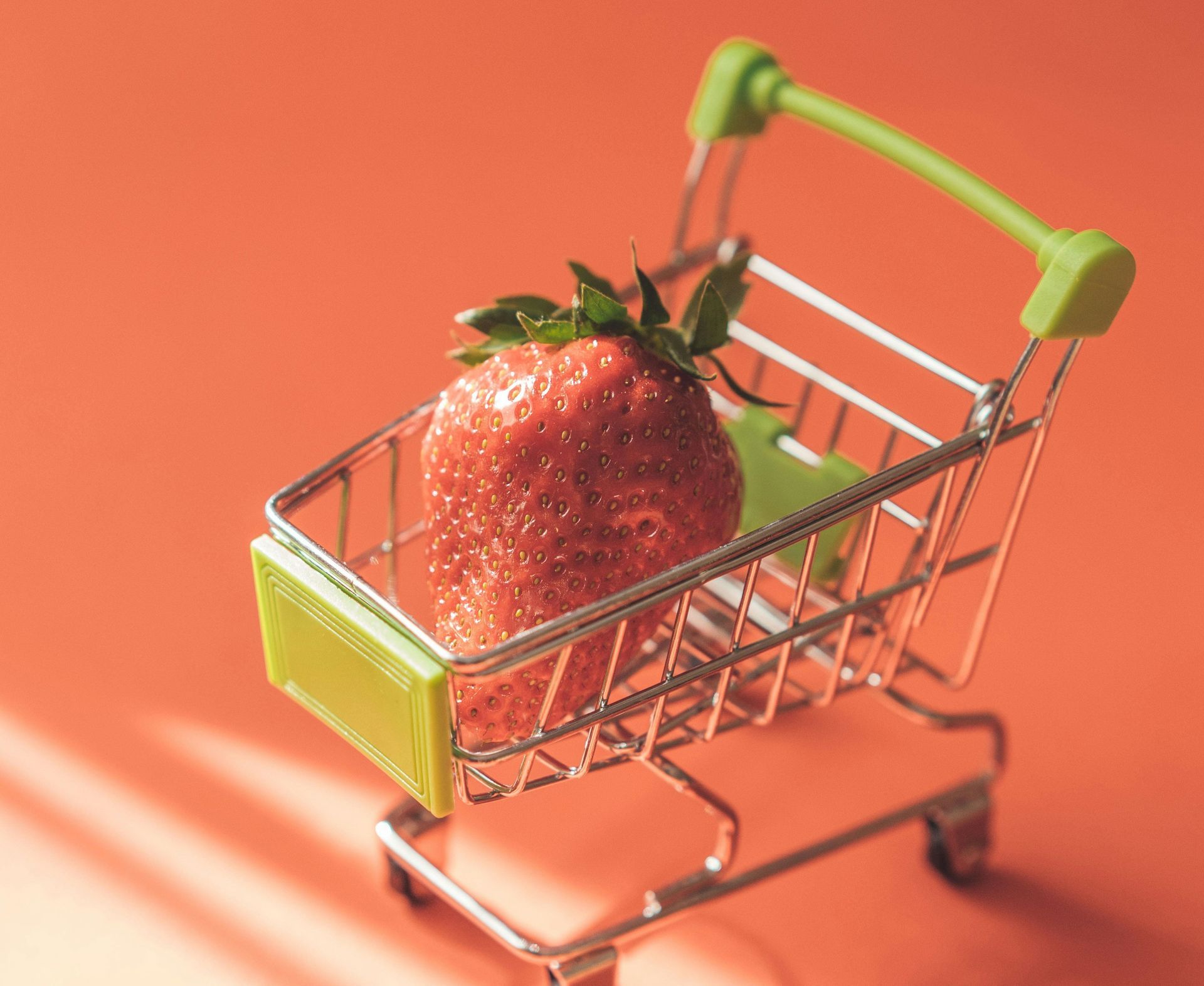1st to 2nd purchase
How CRM Marketing Resolves 1st to 2nd Purchase
First to Second most challenging hurdle in CRM Marketing
The transition from a customer making their first purchase to returning for a second can be one of the most challenging hurdles in customer retention. Many businesses experience a high drop-off rate after the initial transaction, where customers may not return for a second purchase despite a positive first experience. CRM Marketing can address this issue by focusing on building meaningful, long-term relationships that encourage customers to return. By nurturing these connections and offering personalised experiences, businesses can improve customer retention and make the transition from first to second purchase smoother and more natural.
Personalised follow-ups
One of the most effective ways relationship marketing can improve the first-to-second purchase problem is through personalised follow-ups. After a customer makes their first purchase, businesses can send tailored communications that show they value the customer’s choice. For example, a thank-you email that acknowledges the specific product purchased, along with personalised product recommendations or complementary items, can encourage the customer to return. These follow-up emails can also include exclusive offers or discounts for future purchases, reinforcing the idea that the brand is invested in the customer’s experience and satisfaction. By making the customer feel valued and offering incentives to come back, businesses increase the likelihood of the second purchase.
Helpful content enhances experience and educates
Customer education is another key aspect of CRM Marketing that can help move customers from their first to second purchase. After the first transaction, businesses can engage customers with helpful content, such as tutorials, usage tips, or product care instructions, that enhance their experience with the product they purchased. For instance, a customer who buys a skincare product might receive a follow-up email with skincare tips or recommendations for additional products to enhance their routine. By providing ongoing value and showing customers how to get the most out of their initial purchase, businesses can increase the chances of a repeat purchase. Education builds trust and positions the brand as a helpful resource, which strengthens the relationship and encourages customers to return.
Foster repeat purchase through loyalty programmes
Loyalty programmes are another powerful tool in relationship marketing to foster repeat business. By rewarding customers for making a second purchase, businesses can incentivize them to return. Loyalty programmes that offer points, discounts, or exclusive access to new products can create a sense of reward for returning customers. If the loyalty programme is integrated with personalised customer data, businesses can make special offers or rewards based on the customer’s previous purchases or interests. For example, a customer who bought a high-end coffee machine might be offered a discount on premium coffee beans. This personalised reward not only motivates the customer to make a second purchase but also deepens their emotional connection to the brand.
Timing & Consistency
Another important factor in improving the first-to-second purchase transition is timing and consistency in communication. CRM Marketing emphasizes staying in touch with customers without overwhelming them. After the first purchase, businesses can use email, social media, or SMS to maintain regular, yet non-intrusive communication with customers. By sending periodic updates about new products, upcoming sales, or special offers tailored to the customer’s interests, businesses keep their brand top of mind. For instance, a customer who purchased workout gear could receive occasional emails with new fitness tips, related products, or invitations to exclusive fitness events. The key is to build a consistent presence in the customer’s life, making it easy for them to think of your brand when they are ready to make their second purchase.
Multifaceted approach through CRM Marketing
In conclusion,
CRM Marketing offers a multifaceted approach to overcoming the first-to-second purchase problem. By personalising follow-up communications, providing value through education, offering loyalty incentives, and maintaining consistent, relevant engagement, businesses can guide customers through the critical transition from their first to second purchase. Relationship marketing strengthens the emotional connection between customers and the brand, building trust and increasing the likelihood that customers will return. Over time, this leads to improved customer retention, higher lifetime value, and stronger brand loyalty.
RELATED BLOGS
Relevanz love sharing their experience with you, so you can bag some quick wins from the off. Here's our thoughts on how CRM Marketing can help you reduce retention through improvements to your 1st to 2nd purchase rates.
Relevanz | Increase customer value with improved 1st to 2nd purchase frequency



